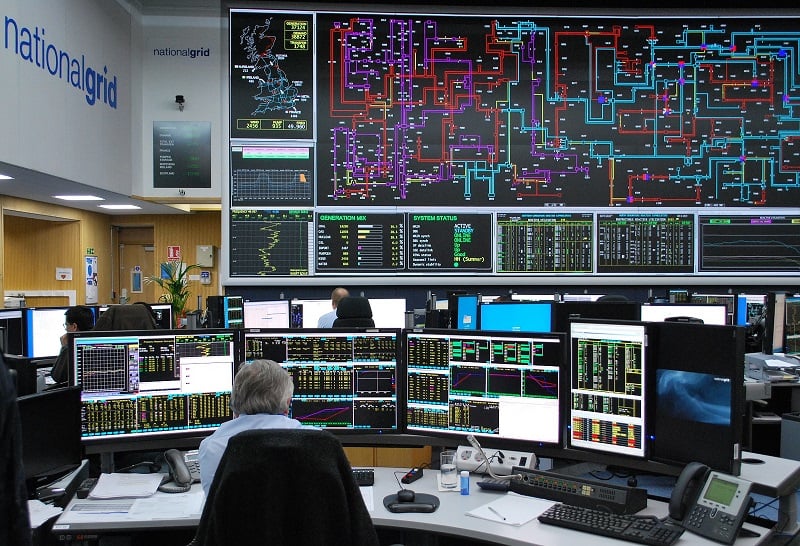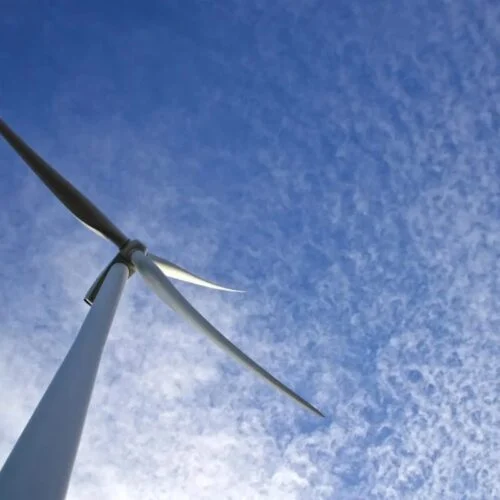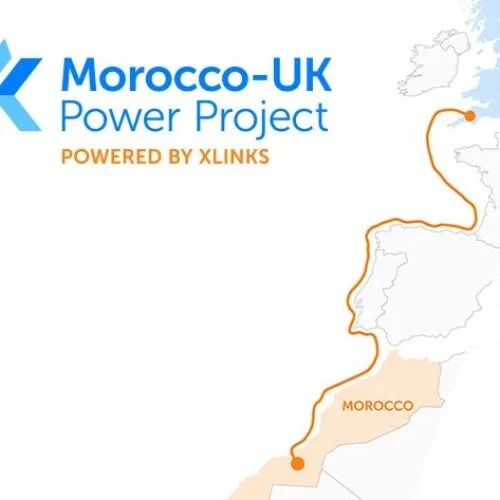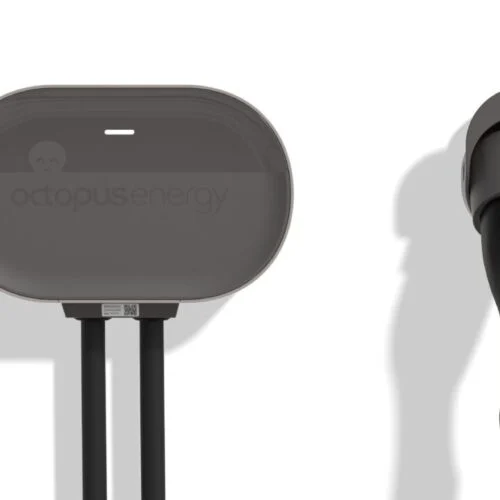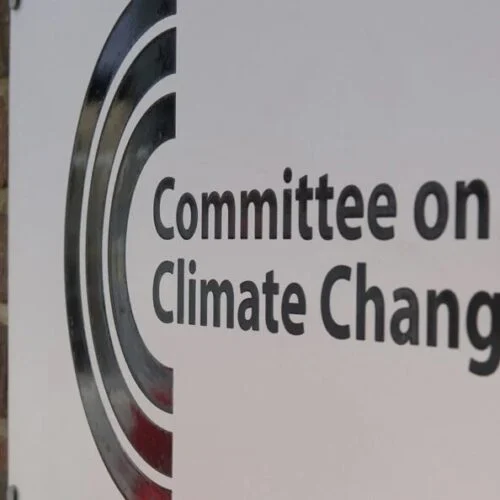National Grid Electricity System Operator (ESO) has made changes to its Balancing Mechanism (BM) that will allow a broader range of participants as part of its Wider Access program.
It has lowered the minimum threshold to take part in the BM from 100MW to 1MW, which will allow small and aggregated units to provide power to the grid, particularly in regional networks.
Having a wider range of participants in the BM will help to improve equality of access for providers and boost the real-time flexibility of the system, said the ESO.
The BM has been accepting an increasing volume throughout 2019, a trend which is set to continue. In June, just over 2GWh was accepted, in August this grew to 9.1GWh, and hasn’t dropped below 5GWh since.
As the energy system changes, more capacity will be needed from the BM to manage the grid. The Wider Access project will form an important part of that.
The changes are being made by the operator and ELEXON, the body tasked with delivering the Balancing and Settlement Code. In November, the body announced that it was working to deliver wider access to the BM for independent aggregators – or Virtual Lead Parties (VLPs).
VLPs are a new type of market participant, which will be able to provide balancing services without a supply license or having to pay ‘use of system’ costs like large aggregators. They can also create secondary BM units to provide flexibility.
In November, ELEXON stated that there were three parties going through the process to become VLPs.
This builds on ELEXON’s work as part of Project TERRE, The Trans-European Replacement Reserves Exchange (TERRE) project. Nine nations are involved in this including the UK, hoping to establish a platform for trading electricity for balancing means.
Richard Smith, head of commercial at National Grid ESO, said that as the electricity system changes and we move from centralised traditional power generation, we need to make the system “smarter and more flexible”.
“Widening access to our balancing mechanism is an important step towards [being able to operate carbon free by 2025], and making sure our system is as flexible and secure as possible.
“It opens up opportunities for new providers and technologies to become part of the market, and for that market to further diversify its energy mix as we bring embedded generation like solar and wind into the balancing mechanism.”
The broadening of the BM follows the launch of the ESO’s new roadmap for response and reserve. As part of this roadmap, the operator implemented a new faster-acting frequency response mechanism last week that will help manage the flow of electricity on the grid.
This also includes the launch of the dynamic containment product, which will step up in capacity from the enhanced frequency response.
An analyst at Cornwall Insight, Lee Drummee, said he expected new parties to take advantage of the changes to the BM, “and increase the number of aggregated and smaller units active in the BM”.
“Many of these players will be looking to add the BM to their present business cases in the hope of upside in what can be a volatile pricing environment.
“Like the Capacity Market and Balancing Services markets before it, the competitive landscape of the Balancing Mechanism is likely to change with the entry of smaller aggregated units,” Drummee continued.
